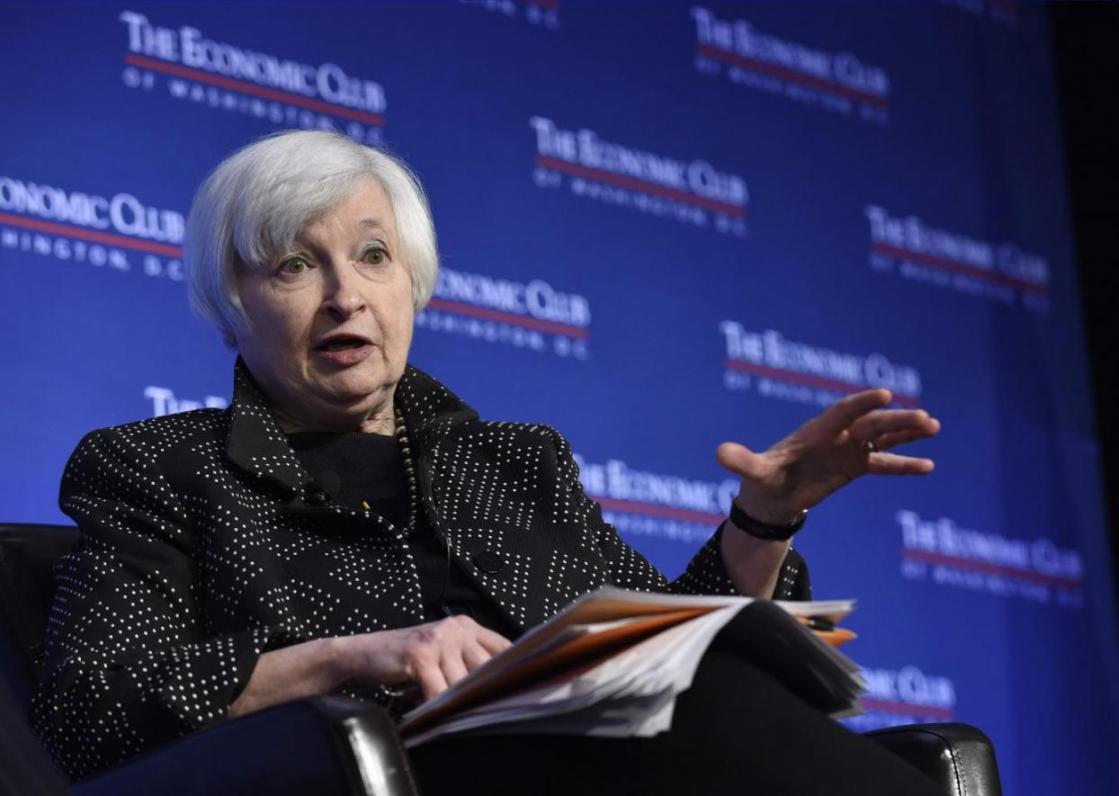The US Federal Reserve is widely expected to raise interest rates this week, and Asia will be ready for it when it happens, economists told Channel NewsAsia.
Speculation over when the Fed will raise rates for the first time in nearly a decade has dominated the market agenda ever since the central bank ended its historic quantitative easing program in October 2014. Many market watchers have been concerned about a rise in US interest rates, recalling how an exodus of funds from emerging markets was triggered in 2013 after former Fed Chairman Ben Bernanke raised the possibility of “tapering” the bond-buying program.
During the long wait in anticipation of a rate hike, Asian markets have gone on a roller-coaster ride, most notably in September when the Fed unexpectedly held off on raising rates. The decision, which defied the predictions of most market watchers, sent global stock markets tumbling.
Now, the agonizing waiting game may finally be over. According to a Reuters poll, the probability of a liftoff from near-zero interest rates following the end of the two-day Federal Open Market Committee meeting on Wednesday (Dec 16) stands at 90%.
With the Fed’s policy move being widely-anticipated, Asia is unlikely to see a repeat of 2013’s “taper tantrum”, analysts said.
The term "taper tantrum" refers to the surge in US treasury yields (global government bond yields as well), in summer of 2013 when then-Fed Chairman Ben Bernanke put a spotlight on the wind down of Fed asset purchases (tapering off QE).
More Hawkish?
“Markets have had such a long time to adjust so the likelihood of it being a major surprise has declined substantially,” Taimur Baig, chief economist at Deutsche Bank, said. “The only surprise is the Fed coming across more hawkish than expected, but that’s a modest possibility because the Fed is going to be very careful with its guidance.”
Secondly, policymakers in the region have taken various measures to improve the stability of their economies, such as increasing taxes, reducing subsidies, freeing up markets and increasing currency reserves.
With these measures in place, Asian economies are now much less vulnerable than they were in the past, a note from Capital Economics said. “While they may now be more exposed to a slowdown in China and to weaker commodity prices, we think the news on both are likely to improve next year,” the note added.
Lastly, analysts expect global monetary conditions to remain very accommodative, with the Fed likely to proceed very slowly with future rate increases.
“I don’t think we will see sustained interest rate hikes and even if the Fed does increase rates after the first rate hike, it will take an awful long time before interest rates return to their normal levels of 7%,” David Kuo, CEO of The Motley Fool Singapore, said.
In addition, major central banks around the world such as the European Central Bank and the Bank of Japan are set to loosen monetary policies further to support their flagging economies.
Possible Market Reactions
As such, all the doomsday scenarios that markets have long feared may not materialize after all.
Baig from Deutsche Bank is predicting an “idiosyncratic development” to unfold in Asian currencies following the US rate hike. “In the past, the view is that emerging market currencies weaken (amid) the Fed’s rate hike cycle as capital flows from emerging markets to developed markets. Given that the lead-up has been so protracted and the (capital outflow) movements so substantial, it is quite likely that this theory could come to an end in my view.”
In particular, Asian currencies such as the Indonesian rupiah and the Singapore dollar may see limited downside after having seen significant weakness in the previous months, Baig added.
On the equities front, markets could react positively to a liftoff in US interest rates as it will signal a vote of confidence in the world’s biggest economy and smoothen out some volatility in the stock markets, according to Capital Economics.


